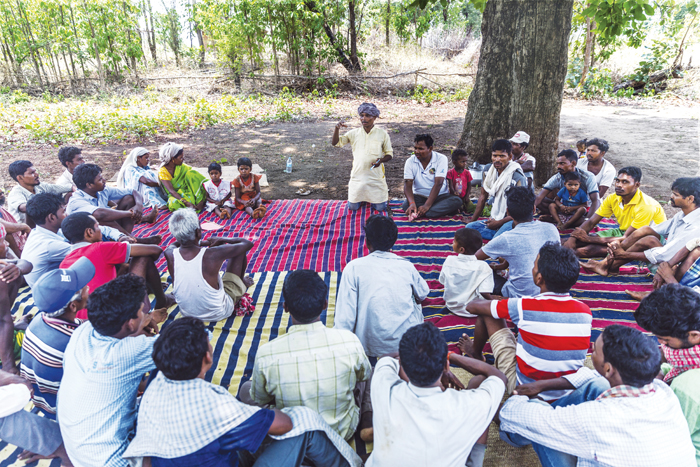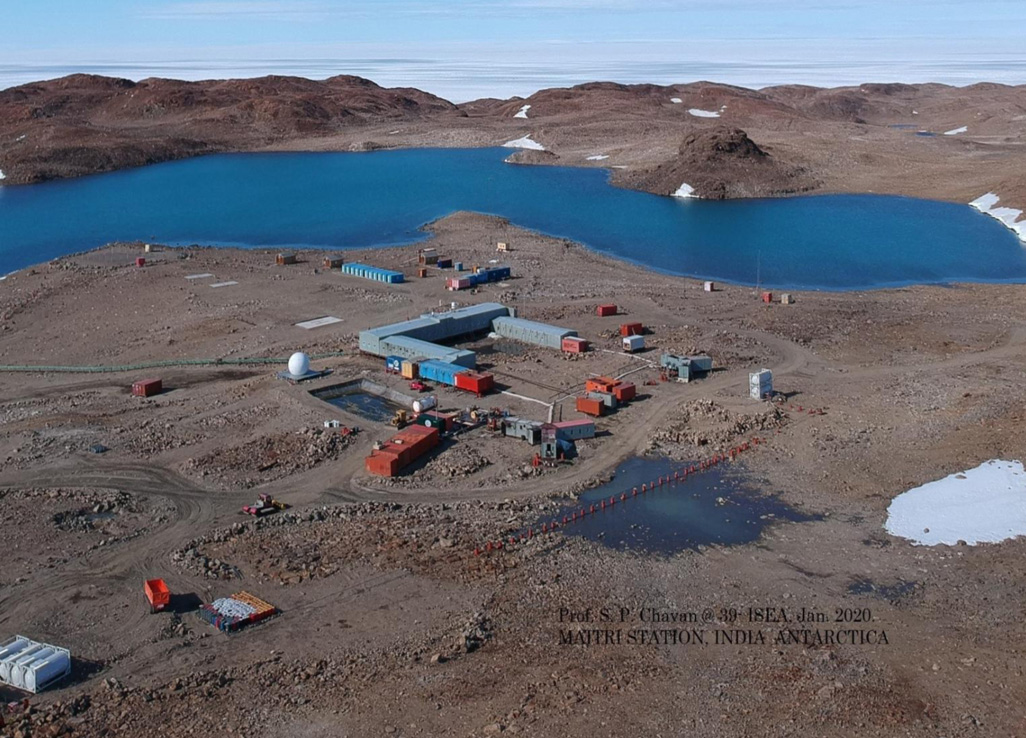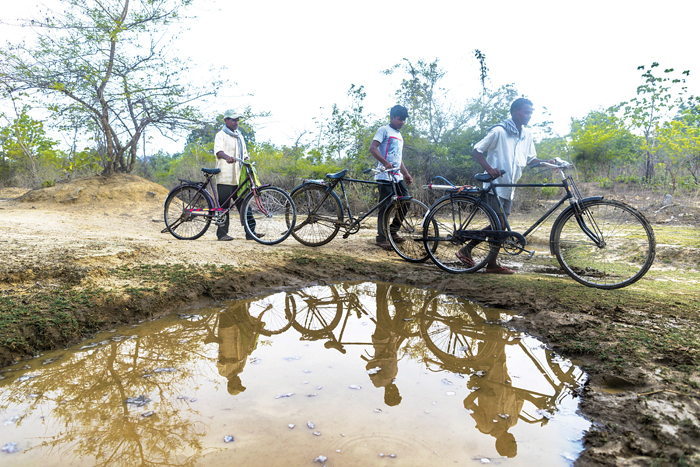Water conservation and community responsiveness



India is set to embark on a new chapter in its Polar exploration journey with the construction of Maitri II. The Indian government plans to establish a new research station near the existing Maitri ba...
.png )
The Deep Ocean Mission (DOM), approved by the Government of India in 2021 under the Ministry of Earth Sciences (MoES), represents a strategic step in realizing Sustainable Development Goal 14 (SDG 14:...

China recently announced restrictions on the export of seven rare earth elements (REEs), soon after US President Donald Trump decided to impose tariffs. As the world's dominant supplier—responsible fo...
In colonial India, water ownership became entrenched with the State, a practice that continued post-Independence. For ensuring sustainable and assured supply addressing the needs of communities, dece...
Conventional approaches to conservation of groundwater have not considered the need to involve an understanding of aquifer measurement and hydrogeology. Considering India’s diverse geography, it is p...
The answer to India’s perennial drought problem despite high rainfall lies in addressing policy failures and formulating measures not just for mitigating problems, but drought-proofing the entire co...
Presently, the Cauvery River is the city’s sole water source located at a distance of 100 km. But with a population expected to reach 20 million by 2031, the rising demand for water presents unique ch...
In colonial India, water ownership became entrenched with the State, a practice that continued post-Independence. For ensuring sustainable and assured supply addressing the needs of communities, decentralised practices such as rainwater harvesting can be beneficial.

Conventional approaches to conservation of groundwater have not considered the need to involve an understanding of aquifer measurement and hydrogeology. Considering India’s diverse geography, it is pertinent to develop a scientific understanding of underlying geology of groundwater resources and how aquifers work.
.jpg )
The answer to India’s perennial drought problem despite high rainfall lies in addressing policy failures and formulating measures not just for mitigating problems, but drought-proofing the entire country.
